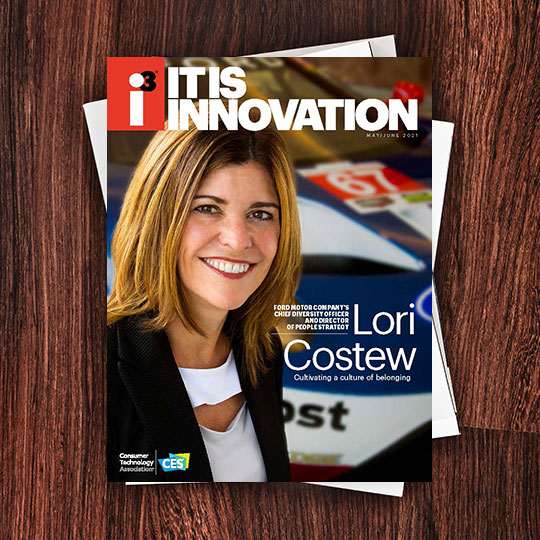There are a host of technology platforms for asynchronous communication and collaboration to maintain a remote-first approach. CEO of Klaxoon Matthieu Beucher, explains, "When we’re all remote, we know everything is remote-first. If some people are in the office and some aren’t, processes can become muddled and hurt productivity. As the adoption of hybrid work becomes widespread, tools like Klaxoon will level the playing field so teamwork can thrive while still allowing anyone to contribute from where they do their best work." Another example would be to set the precedent for meetings that if one attendee is remote, then all attendees join via a platform rather than having some employees in a conference room and some attendees join on a screen which can hinder communication.
When the CEO and management is always in the office, they’re setting the expectation that’s where the action is — and it becomes the center of gravity. Encourage a culture that does not resort back to the presenteeism trap of the employees that show up in person are viewed as the most productive. In a survey of 10,000 employees by the Becker Friedman Institute for Economics at the University of Chicago, more than 80% reported being just as, if not more efficient working from home. The pandemic remote work period forced us to focus on outcomes and results, not time logged on email, and that culture needs to continue for a successful hybrid environment.
With employees that can work from home a few days a week, the reasons that employees will come into the office will change. The office may still be used for brainstorming, onboarding, relationship building and sensitive conversations. Nicholas Bloom, Stanford University Professor of Economics, even suggests having employees come to the workplace on the same two to three days for collaboration. Home time can be for deep work and other asynchronous tasks that workers find to be more productive when done from home.
Although many companies have announced that they will eventually return to work with a hybrid approach, creating a successful hybrid work environment takes time and intentionality to be successful.
The office may still be used for brainstorming, onboarding, relationship building and sensitive conversations

I3, the flagship magazine from the Consumer Technology Association (CTA)®, focuses on innovation in technology, policy and business as well as the entrepreneurs, industry leaders and startups that grow the consumer technology industry. Subscriptions to i3 are available free to qualified participants in the consumer electronics industry.